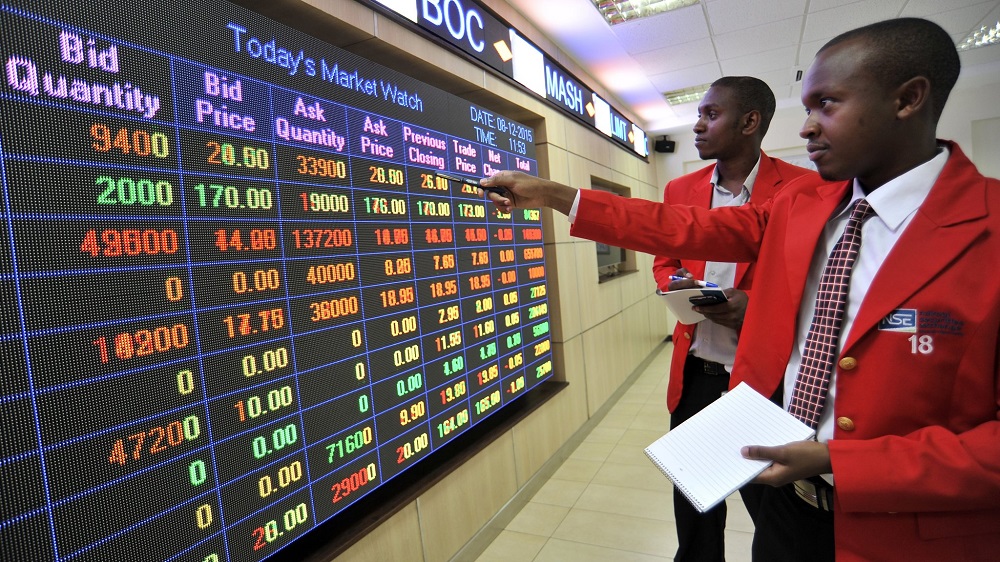In a prolonged bear run on the Nairobi Securities Exchange (NSE), bank stocks on the Nairobi Securities Exchange (NSE) have experienced a decline, leading to double-digit dividend yields. Responding to the overall market downturn, banks have raised dividend payouts to shareholders for the financial year ending December 2022, resulting in more significant cash returns.
Standard Chartered Bank Kenya stands out with the highest dividend yield at 14.5%, based on its share price of KES 151.25 and a dividend per share of KES 22.0. Despite a drop from KES 170.0 at the end of Q1 2023, the bank increased its dividend payout to KES 22.0 from KES 19.0 per share in the fiscal year.
Other notable banking sector players with impressive dividend yields include Co-operative Bank of Kenya at 14.5%, I&M Group at 12.9%, and Stanbic Holdings at 12.4%.
In the broader context, listed dividend-paying banks boast an average yield of 12.3%, outperforming returns from alternative assets like commercial bank weighted deposit rates with a return of 8.4% as of August 2023. Out of the 11 listed banking stocks, ten distributed dividends this year, with Housing Finance being the exception, maintaining its freeze on cash returns. The increased dividends are attributed to improved earnings from operations throughout 2022.
Noteworthy adjustments in dividend payouts include Rwandese cross-listed Bank of Kigali (BK Group) raising its dividend to KES 3.74 from KES 3.26, Diamond Trust Bank increasing its dividend per share to KES 5.0 from KES 3.0, Equity Group raising its dividend to KES 4.0 from KES 3.0, and Stanbic Holdings upping its dividend per share to KES 12.6 from KES 9.0.
Dividend yield, expressed as a percentage, serves as a financial metric indicating how much a company pays out in dividends relative to its stock price. In this context, it becomes a measure of the dividend-only return of a stock market. Investors in Standard Chartered Bank’s stock, for instance, would enjoy a 14.5% return, factoring in both the share price and constant dividend payout.
It’s important to note that dividend yields fluctuate with changes in stock prices, rising during bear markets and narrowing in bull markets. While banking sector stocks traditionally boast high dividend yields due to their consistent dividend payments, caution is advised. Higher dividend yields may result from declining stock prices due to deteriorating fundamentals, making them less indicative of attractive long-term investment opportunities. Typically, mature companies, well-established in their industries, tend to offer the highest dividend yields.


















